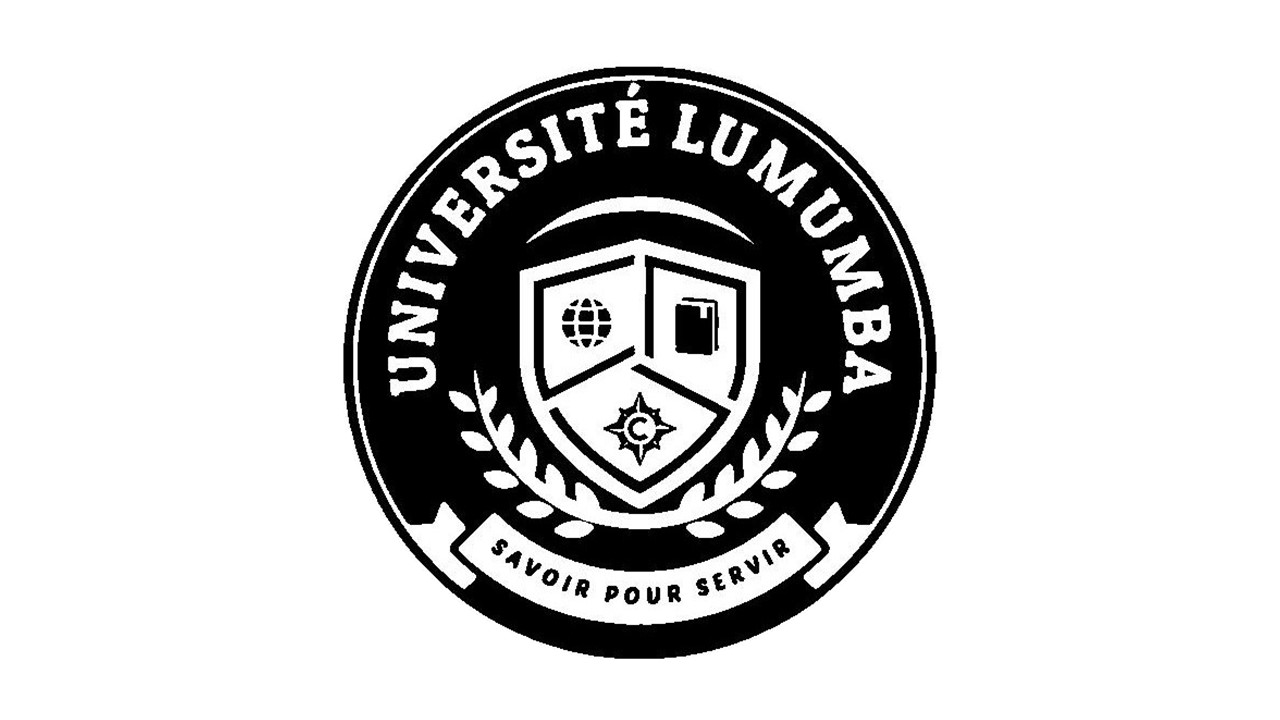Certificate in Blockchain Technologies
Overview
This program introduces students to the fundamentals of blockchain technology and its practical applications across industries. The curriculum begins with an overview of blockchain architecture, including decentralized systems, distributed ledgers, and consensus mechanisms. Students explore smart contracts, cryptocurrencies, and tokenization, gaining insight into their potential for transforming financial systems, supply chains, and digital identity management. Practical modules focus on using blockchain platforms like Ethereum and Hyperledger to develop and deploy decentralized applications (dApps). The curriculum also covers blockchain security, regulatory considerations, and the ethical implications of this emerging technology. A final capstone project enables students to design a blockchain-based solution for a real-world problem.
Professional opportunities:
Graduates of the Certificate in Blockchain Technologies are prepared for roles in industries adopting blockchain for innovation and efficiency. Career opportunities include:
- Blockchain Developer: Design and implement blockchain-based applications and smart contracts.
- Cryptocurrency Analyst: Analyze trends and provide insights on cryptocurrencies and digital assets.
- Supply Chain Specialist: Use blockchain to enhance transparency and traceability in logistics.
- Blockchain Consultant: Advise businesses on integrating blockchain solutions into their operations.
- Smart Contract Developer: Create and deploy automated contracts on blockchain platforms.
- FinTech Specialist: Leverage blockchain to drive innovation in financial services.
- Regulatory Compliance Analyst: Navigate the legal and ethical implications of blockchain technologies.
This certificate equips professionals with the knowledge and skills to leverage blockchain technology for solving complex challenges and driving innovation in various fields.
The program curriculum consists of 8 courses (24 credits) and is designed to be completed in 1 year as a full-time student. However, the University provides students with the flexibility to progress at their own pace.
The recommended course sequence from the University
1
| Total Courses | Total Credits |
|---|---|
8 | 24 |
